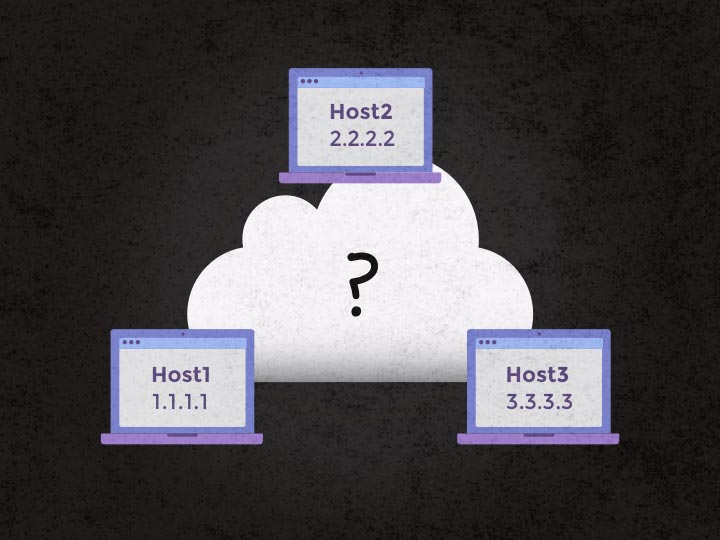首先,重写和隐藏是发生在两个类中的,而重载可以发生在一个类中。
重写的概念就是顾名思义了:重新写一遍;方法名、参数及返回值是一模一样的,可能实现的过程不一样,为什么要重写?因为原来的方法不够perfect 或者不够strong,或者达不到开发者的实际应用要求。
重载是当多个方法享有相同的名字,但是这些方法的参数不同,或者是参数的个数不同,或者是参数类型不同时。就叫方法的重载
要注意的是:返回类型不能用来区分重载的方法,仅仅返回类型不同的两个同名方法是个error,这点比较容易理解了:如果你写参数一模一样的但是返回类型不一样的方法,当调用的时候,编译器没法决定调哪个好
隐藏
如下,是华为的一道面试题
public class classA{
public void methodOne(int i){ }
public void methodTwo(int i){ }
public static void methodThree(int i){ }
public static void methodFour(int i){ }
}
public class classB extends classA{
public static void methodOne(int i){ }
public void methodTwo(int i){ }
public void methodThree(int i){ }
public static void methodFour(int i){ }
}
1 问那些方法隐藏了父类的方法?
2 问那些方法覆盖了父类的方法?
上题中的重写是很明显的,那就是methodTow.而methodOne和methodThree就比较明显的是个错误了,子类继承父类,两个相同的方法一个是static的,一个不是,你让编译器怎么实例化啊! 那剩下的就是隐藏了:static 类型的方法是不能被覆盖的;也就是说子类的methodFour写了也没用,还是调用父类的methodFour方法,因此methodFour方法隐藏了父类的方法.
Sample:
public class father{
public static void overwritting(){
System.out.print("father method");
}
}
public class son extends father{
public static void overwritting(){
System.out.print("son method");
}
public static void main(String args[]){
father son=new son();
son.overwritting();
}
}
以上程序的运行结果就是输出了:father method









 京公网安备 11010802041100号
京公网安备 11010802041100号